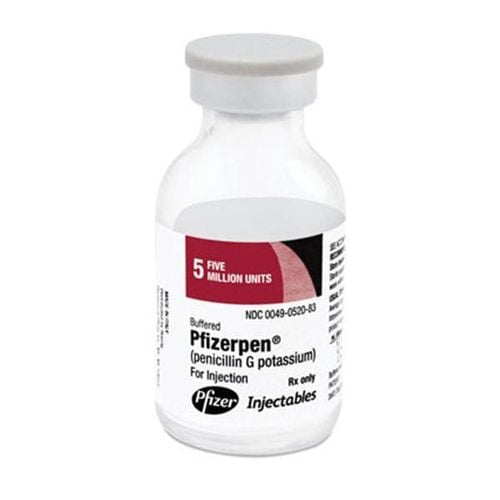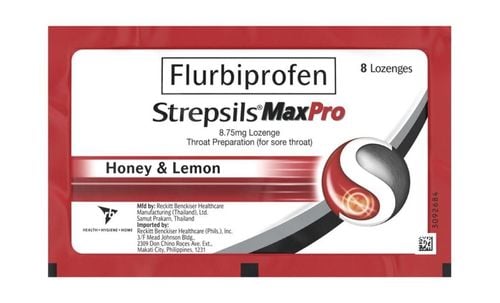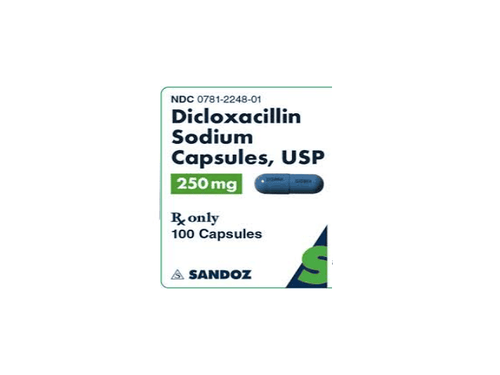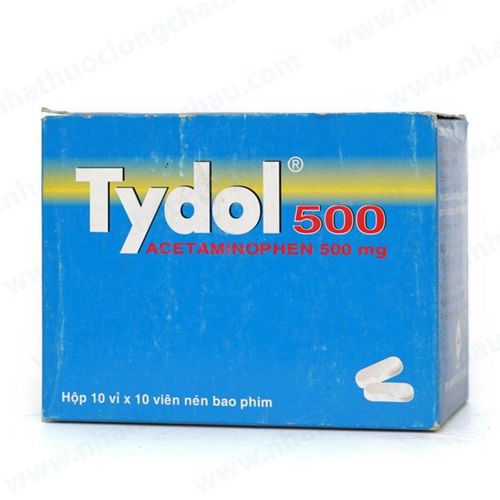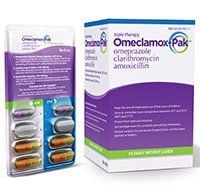This is an automatically translated article.
Sore throat is a common condition in children and even adults, especially in times of change in weather. The disease can cause discomfort and affect the patient's life and work. The following article will introduce readers to the anatomy of a sore throat and the characteristics of a sore throat to help patients be more proactive when they have it.
1. What is pharyngitis?
Pharyngitis is an acute or chronic disease with inflammation limited to the lining of the pharynx and pharynx leading to burning pain in the throat, especially during swallowing. In severe cases, if not treated promptly, it can lead to complications of tonsillitis, inflammation of the pharynx and pharynx. When you are sick, you will feel a burning pain in your throat, especially when swallowing. The disease can be caused by many different causes and mainly appears during long dry weather.
2. Causes of sore throat
Pharyngitis can occur due to many different causes, including:
Viruses, bacteria : Most sore throats are caused by common viruses such as influenza A virus and influenza B virus, coronavirus and parainfluenza virus,. .. causes sores on the throat mucosa. It is also possible that groups of bacteria such as pneumococcus, staphylococcus, and especially group A β-hemolytic streptococci can cause many dangerous complications in other organs of the body.
Factors from the external environment:
Irritants or irritants such as: hot spicy foods, smoke, tobacco, alcohol, .. damage the lining of the throat. The weather changes quickly or people who are in an air-conditioned environment when it is suddenly hot outside makes the body unable to adapt. Gastroesophageal reflux disease: Acid reflux in the stomach damages the lining of the throat, causing a burning sensation. Immunocompromised patients: HIV-infected patients often have very weak immune systems, so a mild attack of bacteria or virus can cause sore throat. Some people may develop chronic pharyngitis due to frequent recurrences. There is a lump in the throat or tongue.

Phế cầu là một trong các nhóm vi khuẩn khiến bạn bị viêm họng
3. Symptoms of sore throat
3.1. Fever Sometimes we can confuse a fever from a cold with a fever from a sore throat. When you have a cold, you may experience only a mild fever and it usually doesn't last long. However, if you have a high fever and a sore throat, it's most likely strep throat. However, this is not a specific feature, so other symptoms need to be paid attention to.
3.2. Swollen lymph nodes Lymph nodes are the site of destruction and burial of disease-causing bacteria and viruses. Therefore, when the patient has an infection, the lymph nodes are also active, so there will be swelling. It can be easily seen and felt under the jaw or on either side of the neck. But this is not characteristic of sore throats, and regardless of the cause, they can swell, even with a cold.
3.3. Sore throat A cold can also cause a sore throat, but this usually goes away after a few days. In the case of patients with bacterial infections such as strep throat, they tend to cause more severe pain that does not go away. A strep throat can be so painful that you can hardly swallow. In addition, it may be accompanied by other symptoms such as nausea, loss of appetite, headache or stomach pain.
3.4. Rash A rash on the neck and chest that sometimes spreads to the rest of the body can be a sign of a group of bacterial infections called streptococcal infections. The mildest condition in this group is strep throat, but can lead to more serious problems such as erythema, sepsis, and toxic shock syndrome. When you have these symptoms, you need to see a doctor for treatment as soon as possible.
3.5. Look at the throat You can use a flashlight and look in the mirror yourself and say "Ahhh." You can now see white dots or patches at the back of the throat. At the site of the tonsils, there may be swelling on either side at the back of the throat that may be red and swollen. This could be a sign of a bacterial infection such as strep throat or oral thrush, or a viral infection such as oral herpes or mononucleosis. In addition, observation in this way can detect other abnormalities such as tonsil stones due to painful calcium deposits in the throat.
3.6. Bacterial infection The patient himself may feel that the characteristics of a common sore throat and a sore throat caused by bacteria are very similar, but they are completely different. In most cases, a sore throat is caused by a virus and the body can heal itself. And in this case, antibiotics have almost no effect, as they can only kill bacteria such as strep throat or other bacteria.

Đau họng là một trong các triệu chứng của bệnh viêm họng
4. How to treat sore throat?
4.1. To determine if a patient has a sore throat caused by strep, the doctor will order you to do a rapid strep test. Results are available in 5 to 10 minutes, but are not specific for all types of strep. If negative, the specimen can be sent to a laboratory for accurate determination, but it may take a few days.
4.2. Using antibiotics for strep If the strep test results are positive, your doctor will prescribe antibiotics. After taking the drug for one to two days, you will feel a little better, but do not arbitrarily stop taking the drug, but take the full dose prescribed. When the medicine is stopped suddenly, some bacteria may remain and make you sick again. For 24 hours after taking antibiotics, the body can still infect others, so wash your hands often to protect those around you and don't forget to throw away your toothbrush.
4.3. Home Care for Sore Throat Gargle with warm salt water: Regardless of the cause of your sore throat, home remedies can help you feel better. One way that can be effective is gargling with warm salt water, which will have a very good effect on cleaning the oral cavity and killing bacteria. Just mix half a teaspoon of salt in a cup of water, then gargle and spit it out. Repeating it two to three times a day will help keep the throat moist, help reduce swelling, and soothe that itchy, rough feeling. Warm compresses: Try placing a warm water bottle or heating pad on the outside of your throat or wet a washcloth with hot water to warm yourself up. This remedy can help soothe the tender lymph nodes in the neck and reduce discomfort. Eat foods that help ease the pain: Eating ice cream while a sore throat is still there can be a way to help numb the throat and loosen the ice, making it easier to swallow. Other soothing foods include milkshakes, gelatin, and hot soups. If your sore throat is especially painful, don't eat crunchy or spicy foods. Drink enough water: Water is especially important when you have a sore throat. If you have a fever and can't drink enough water because of the pain, it can cause severe dehydration. Choosing light drinks such as water and warm tea will be good for an inflamed throat.
4.4. Pain relievers Over-the-counter medications such as acetaminophen, ibuprofen, or naproxen can help relieve the pain of a sore throat. However, caution should be taken if you are taking another medicine for a cold or flu as they may already have a pain reliever in it. Therefore, it is necessary to consult a doctor before use.
4.5. Sore throat sprays and lozenges You can ease a sore throat with numbing sprays or lozenges, but they should not be used on young children. In addition, sucking on shaved ice can also help you feel more relieved.
4.6. A sore throat that persists If you have a sore throat that lasts for more than a week or your symptoms get worse, see your doctor, even if you've had a negative strep test result. A persistent sore throat can also be a sign of acid reflux, mononucleosis, or another condition.
Sore throat, sore throat is a fairly common disease caused by many causes. Recognizing early signs of disease for prompt examination and treatment.
Vinmec International General Hospital is a general hospital that has the function of examining and treating ENT diseases such as sinusitis, rhinitis, allergic rhinitis, chronic rhinitis, tonsillitis, and pain. throat, tinnitus and many other diseases. At Vinmec, we have also performed endoscopic diagnosis and treatment with modern medical methods for ear, nose and throat diseases, which not only brings high efficiency but also minimizes complications of recurrent disease. The great success is because Vinmec is always fully equipped with modern facilities, examination and treatment procedures are carried out by a team of experienced and qualified doctors that will bring about treatment results. optimal for customers.
Please dial HOTLINE for more information or register for an appointment HERE. Download MyVinmec app to make appointments faster and to manage your bookings easily.
Reference source: webmd.com



